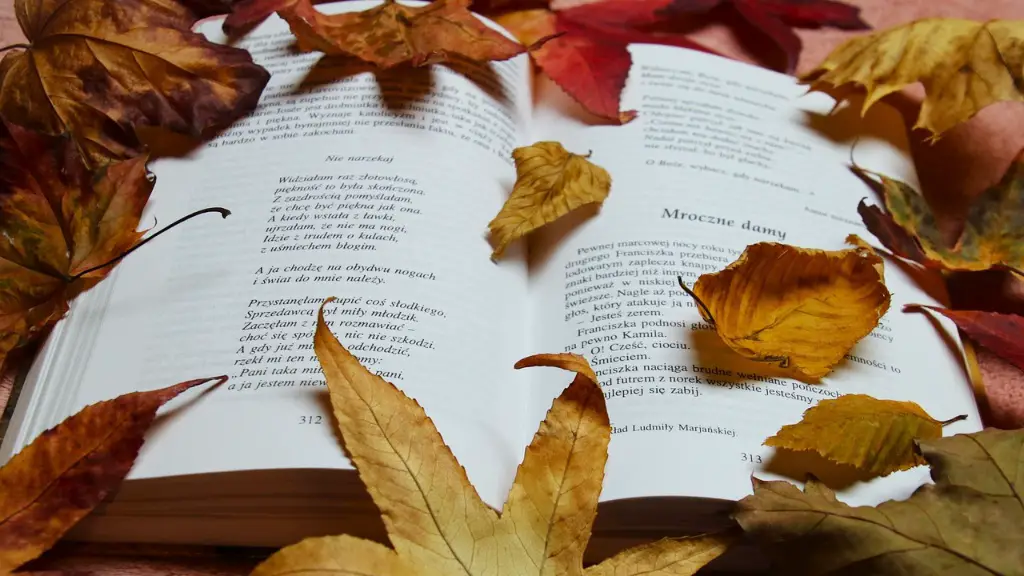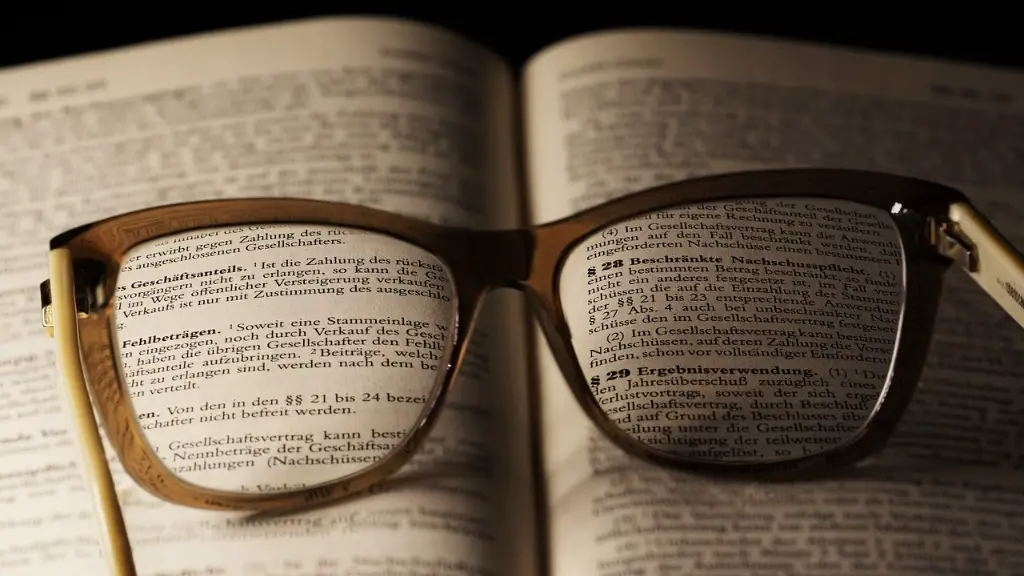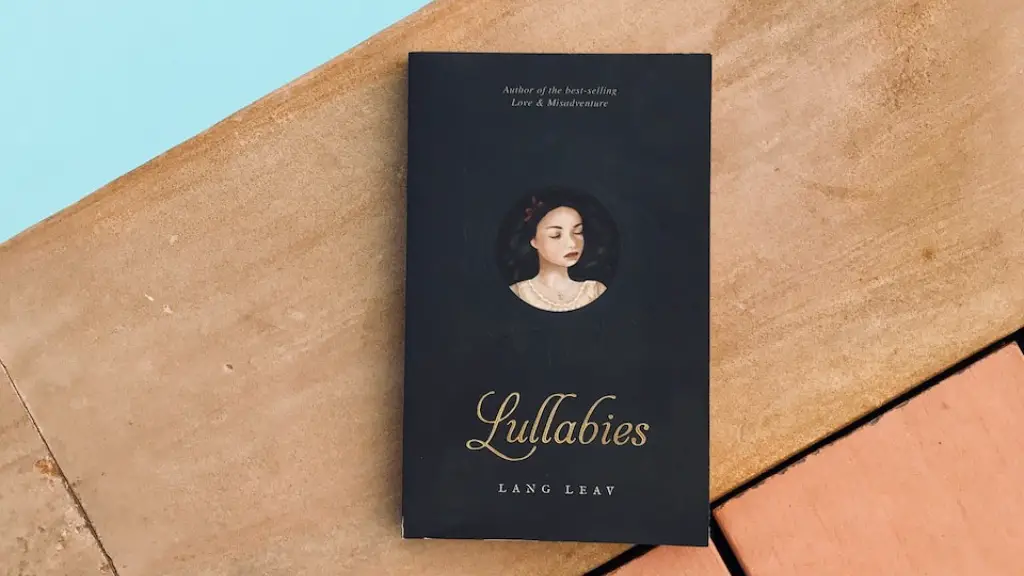Types of Poetry
Whether it’s classic verse, blank verse or free verse, poetry has the power to evoke emotions, entertain and educate readers. Dividing the craft up into styles helps to make the multitude of existing poetry easier to understand. After all, there is no point in studying haiku if you are learning sonnets. In its broadest sense, poetry can be divided into two different types: formal and informal.
Formal Poetry
Formal poetry or structured poetry has specific rules dictating its construction. It involves a structured form like a sonnet or ode. Usually, formal poetry is composed of different feet and syllables, rigid rhyme schemes and specific line lengths. The form will dictate the meter and rhyme scheme. This can be anything from the Italian sonnet to the traditional dry Anglo-Saxon forms like alliterative verse.
Informal Poetry
In contrast to structured poetry, informal poetry does away with any restrictions. There is no rhyme scheme, meter or any other type of structure. Informal poetry is the least restricted and usually follows a more conversational tone, meaning the poem can sound like a narrative. It gives the author creative freedom and involves no rules when it comes to form, meter, rhyme or anything else. Informal poetry has become extremely popular in recent times, as it allows the author to express their personal thoughts and ideas.
Versification
Versification is the arrangement of lines into various patterns and structures, or, in other words, the arrangement of words into rhythmic patterns. It is the structure that is used to define how a poem is constructed. Here, we see two main forms – formal or structured and informal or unstructured. In the former, lines, words and syllables are all clearly defined and structured, while, in the latter, the poet is free to deviate from any specific form.
Rhyme Structure
The rhyme scheme of a poem determines its overall sound. In poetry, rhyme refers to the repetition of similar sounds in words, usually at the end of a verse. Rhyme schemes can range from simple, like AA BB CC, to more complex, like ABAB CDCD EFEF. The most common type of rhyme scheme is the traditional ABAB CDCD EFEF, although this is not a requirement.
Meter and Scansion
Meter is determined by the number of syllables in a line and the emphasis or stress on certain syllables. Lines are scanned to determine the metrical pattern and form. Scansion is divided into two categories: accentual and syllabic. Accentual verse is a type of formal versification where each line should have the same number of stressed syllables, while syllabic verse is a type of form where the poet must use the same number of syllables in each line.
Alliteration and Consonance
Alliteration is the repetition of a sound at the beginning of words or within words, usually in consecutive lines. It is usually used for dramatic effect and to create musicality. Consonance is the repetition of consonant sounds, usually in the middle or end of words.
Figurative Language
Figurative language refers to the use of metaphor and simile in poetry. The purpose of figurative language is to add qualities, such as comparison, to the language of a poem. This allows a poet to evoke certain feelings and emotions in the reader.
Use of Anaphora
Anaphora is the repetition of words at the beginning of successive clauses or phrases. It is used to emphasize or add emphasis to a particular point, or it can merely be used to create rhythm and flow in a poem.
Preparing Poetic Devices
In addition to understanding the basic concepts of structure and versification, poets must also master a variety of poetic devices. These include meter, alliteration, figurative language and anaphora. Meter gives a poem its rhythm, alliteration creates a pattern of sound, figurative language adds depth and anaphora is used to add emphasis. All of these devices work together to create an effective poem.
Vocabulary Choice
The words used in a poem are often crucial to its success. Poets must be careful with their word selection. They must choose words that not only add to the rhythm of the poem but also convey the full meaning of the message they are trying to put across. It is important to keep in mind that overly complex words could detract from the poem’s message.
Word Placement and Structure
The way in which words are placed in a poem is also essential for the poem’s success. For example, some words will have more emphasis if placed at the start of a line, and some words will have more meaning if placed at the end of the line. Similarly, certain structural elements can be used to guide the reader through the poem, such as parallel lines, end-stopped lines and enjambment.
Relationship Between Lines
The relationship between lines is key to an effective poem. This relationship can be created through repetition and transition, and also through images and shifts in tone. Repetition works by providing strong links between the lines, while transitions move the reader from one idea to another. Images create a vivid landscape and shifts in tone allow the poet to explore different parts of their emotional range.
Metaphorical Expression in Poetry
Metaphors are powerful tools used to convey abstract ideas in a vivid and concrete manner. For example, a poem might compare a lover to a deer or a rose in order to express their beauty, love and emotion. Metaphors also add symbolism, allowing readers to make connections between the poem and their own lives.
Exploration of Human Experience
Poetry can also be used to explore the depths of human experience. Poems can be used to express the highest joys and most devastating sorrows, giving readers an insight into their own emotions and feelings. Poems have the power to resonate with readers on a personal level, providing comfort, assistance and guidance.
Role of Emotion in Poetry
The final key element of poetry is emotion. Emotions help to create an emotional connection between the poem and the reader. The poet must be able to tap into the deepest places of their own emotions and express them using their words. Being able to write in this way is a skill that most poets hone over the years, and it is an important part of becoming an effective poet.




